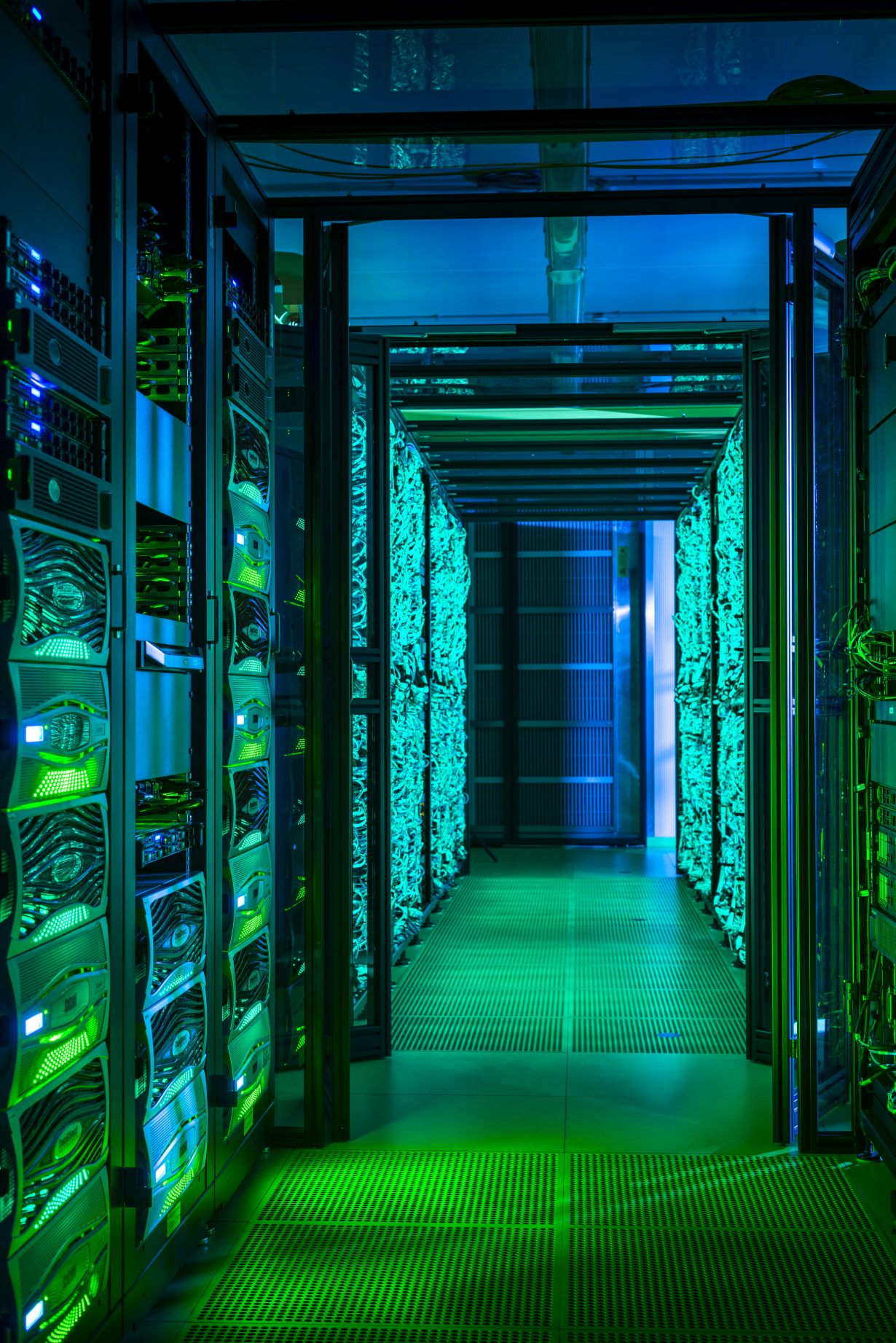The supercomputer of Karlsruhe Institute of Technology (KIT) not only is “super rapid” and extremely economical, it is also used intensively. For this reason, it will be replaced gradually by an even more powerful successor between 2019 and 2021. An amount of 15 million euros has just been made available. This decision was made by the Joint Science Conference (GWK) on Friday, June 29 in Berlin.
The new supercomputer at KIT will be funded by the Federal Republic of Germany and the State of Baden-Württemberg at a 50 : 50 ratio. State funding will be granted under the state’s strategy program on High-performance Computing and Data-intensive Computing, the aim being to ensure an internationally competitive level of Baden-Württemberg as a location of science and industry. The new supercomputer at KIT represents an important milestone to reach this goal. It will be part of a well-coordinated supercomputer infrastructure in Baden-Württemberg that will cover three levels with increasing computing capacities. The scientific computing centers of the State of Baden-Württemberg are to manage the challenges in a cooperative way and to produce interinstitutional and interdisciplinary values added.
State Minister of Science Theresia Bauer emphasizes the importance of an excellent research infrastructure for excellent science and highly innovative economy. “We invest in supercomputing on an international top level. With this digital infrastructure, we pave the way for promising innovations in our state,” Bauer says.
Scientists simulating combustion processes in aircraft engines, studying climate change or planning the structuring of designer molecules: cutting-edge research produces vast data volumes, uses increasingly complex simulation models, and consequently needs highest computing capacity and quick data stores. The new supercomputer will execute several quadrillions of computing operations per second and be able to store the contents of 20 DVDs every second.
“Currently, about 200 research projects from all over Germany are using our system,” says Bernhard Neumair, Managing Director of the Steinbuch Centre for Computing (SCC) of KIT that operates the existing high-performance computer for research (ForHLR). The energy-efficient supercomputer ForHLR II that started operation in 2016 possesses 1173 nodes (1152 computing nodes of 64 gigabytes each and 21 rendering nodes of 1 terabyte each), more than 24,000 computation kernels, and 93 terabytes of main storage capacity. Its cost amounted to EUR 8.5 million. Most of the jobs to be executed today use 1000 or more computation kernels at the same time. Nearly every tenth job needs a quarter of the overall system capacity. 3D simulations are represented precisely on a screen of 15 square meters with 13 megapixels.
Based on user surveys, Neumair expects the future need for computation capacity to double or even triple in engineering and natural sciences alone. Computation-intensive tasks are prognoses of global climate change and its impacts on agriculture and biodiversity or the virtual design of customized materials. An even larger increase in the need for computation capacity is expected in the life sciences. Their strategic importance will further increase as a result of the development of new products or problem solutions and biologization of technology and industry. Due to the increasing needs associated with complex processes, such as the simulation of clouds in climate research or the representation of structures and functions of biomolecules that cannot be observed directly in the laboratory, far more computation kernels will be required in the future. They will be integrated with the help of accelerators based on graphics processors, for instance.
The Council of Science and Humanities that advises the Joint Science Conference rated KIT’s scientific and technological supercomputer concept as very good to outstanding and recommended it for funding. The new system will be fully operational by 2021.
In close partnership with society, KIT develops solutions for urgent challenges – from climate change, energy transition and sustainable use of natural resources to artificial intelligence, sovereignty and an aging population. As The University in the Helmholtz Association, KIT unites scientific excellence from insight to application-driven research under one roof – and is thus in a unique position to drive this transformation. As a University of Excellence, KIT offers its more than 10,000 employees and 22,800 students outstanding opportunities to shape a sustainable and resilient future. KIT – Science for Impact.

